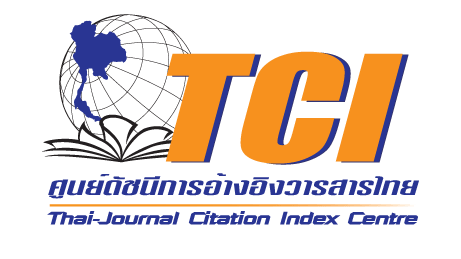SOUND PRODUCTION METHODS FOR CLASSICAL PERCUSSION INSTRUMENTS
Keywords:
Sound Production Methods, Classical PercussionAbstract
This research focuses on the significance of sound production on classical percussion instruments, emphasizing the study, data collection, and analysis required to develop practical exercises. A musical composition for tom-tom was provided to a group of nine students, who engaged in performance and practice after receiving notations for a full day. Sound recordings were made before and after practical training, during which students underwent hands-on training to understand the workings of different muscle groups, including fingers, wrists, arms, and shoulders. This training aimed to enable students to produce sounds with varying qualities such as loudness, softness, clarity, sharpness, shortness, length, depth, etc., corresponding to different symbols and notations. Subsequently, sound recordings from both sessions were processed using computer software, revealing a clearer understanding of sound production following targeted muscle training. This research contributes valuable insights into the ability to produce and manipulate sound according to specific requirements, symbols, and various notations, including the distinct representation of different parameters outlined in the composition.
References
Cook, Gary D. Teaching Percussion. 3rd ed. California: Schirmer, 2006.
James, William. The Modern Concert Snare Drum Roll: A Comprehensive Guide. Florida: Meredith Music Publications, 2014.
Patton, Duncan. The Artist Timpanist. New York: Bachovich Music Publications, 2018.
Watson, Alan H. D. "What Can Studying Musicians Tell Us about Motor Control of the Hand?." Journal of Anatomy 208, no. 4 (April 2006): 527-542. https://doi.org/10.1111/j.1469-7580.2006.00545.x

Downloads
Published
How to Cite
Issue
Section
License
Copyright (c) 2024 College of Music

This work is licensed under a Creative Commons Attribution-NonCommercial-NoDerivatives 4.0 International License.
The copyright of the article belongs to the author. Published articles represent the views of the authors. The editorial team neither necessarily agree with nor take any responsibility for the article.





